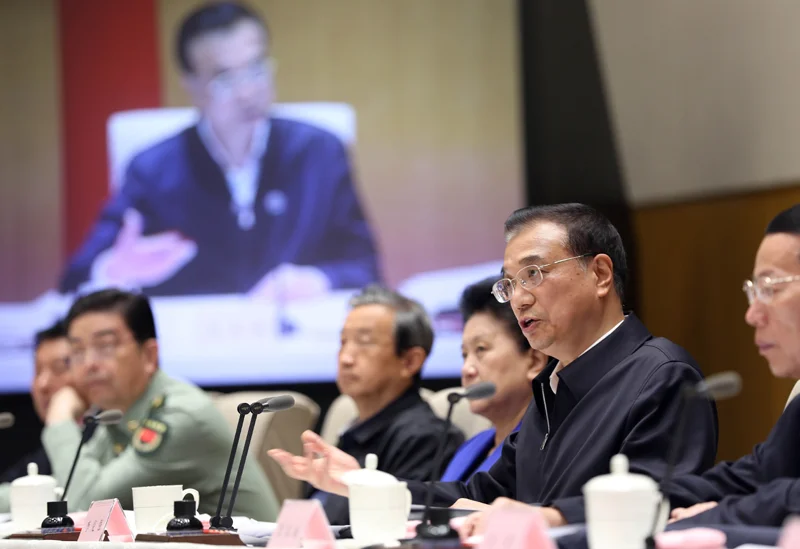Ed Bithell
When asked to name a country with a lively political debate in its newspapers, few would name China. And so, when even indirectly expressed, political tensions in the leadership may indicate serious fault lines.
An anonymous but "authoritative person" was interviewed on Monday in Communist Party standard bearer the People's Daily, playing down expectations of any imminent economic upswing. The source leaned heavily on "supply-side structural reform" and reduced state intervention in markets, as well as debt-led growth, rather unlike the emphasis from Premier Li Keqiang in March that failing to meet growth targets was "impossible for me to say".
It is thus easy for the editorial to be interpreted as an attack on Li and the State Council's management of the economy, with inflationary measures in place throughout early 2016 for growth that is now flagging. However, it can also be read as instead supporting the wider message of the key reform meeting of the 3rd Plenum in 2013, with its commitment to market-driven growth. Whichever the true intent (and it may well be a combination of the two, if not more, factors), the article has widely been taken as a move by actors loyal to President Xi Jinping, who has made further moves towards greater overall control of the Party with proposals to abolish the powerful Politburo Standing Committee by 2017.
"You can’t have both 6.5 percent growth and painless reform, even in China" - Michael Every, Rabobank HK
In its phrasing, the article ties in closely to recent policy statements by Xi himself, who the same day hosted a meeting in which he emphasised again "supply-side structural reform", a policy dedicated to state-sponsored improvement of the economy through efficiency, quality and cutting excess capacity - and explicitly not neoliberal in its outlook. Last week, he outlined his vision for improving Chinese economic performance, bemoaning that "the problem in China is not about insufficient demand or lack of demand, in fact, demands in China have changed, but supplies haven’t changed accordingly". In managing private companies and state-owned enterprises to meet the new demand, says Xi, supply-side structural reform will be achieved.
However, commentators both within and without China have been questioning this official narrative, that until now has been consistent from all parties - that the economy will be both radically transformed and also continue to comfortably grow. "We have the promise of a painless reform process with no mass bankruptcies or layoffs, and without radical liberalisation of the services sector to boost growth there," said Michael Every, head of financial markets research at Rabobank Group in Hong Kong, back in March. "You can’t have both 6.5 percent growth and painless reform, even in China." It appears that despite Li's recent promises of a "win-win" growth projection, Xi is determined to make sure his reform agenda remains the top priority.
The State Council, however, issued a rebuttal the same day, asserting that growth remained stable, and Li personally hit back with a statement framing the economic future in terms of necessary evil, declaring that the reforms "must be endured for the country, for the good of the people". While these comments hardly seem to be the inflammatory rhetoric we expect of political rivals in the West, even before the most recent personal politics of the EU referendum and US presidential election, such subtle variations in official policy statements can reflect major differences in viewpoint, especially between the marked ideologue Xi and his reserved and technocratic premier. In a time marked by the anniversary of the Cultural Revolution, and state galas hailing Xi as the heir of Mao, such tensions in the Chinese leadership may merely be the beginning of major storms to come.

